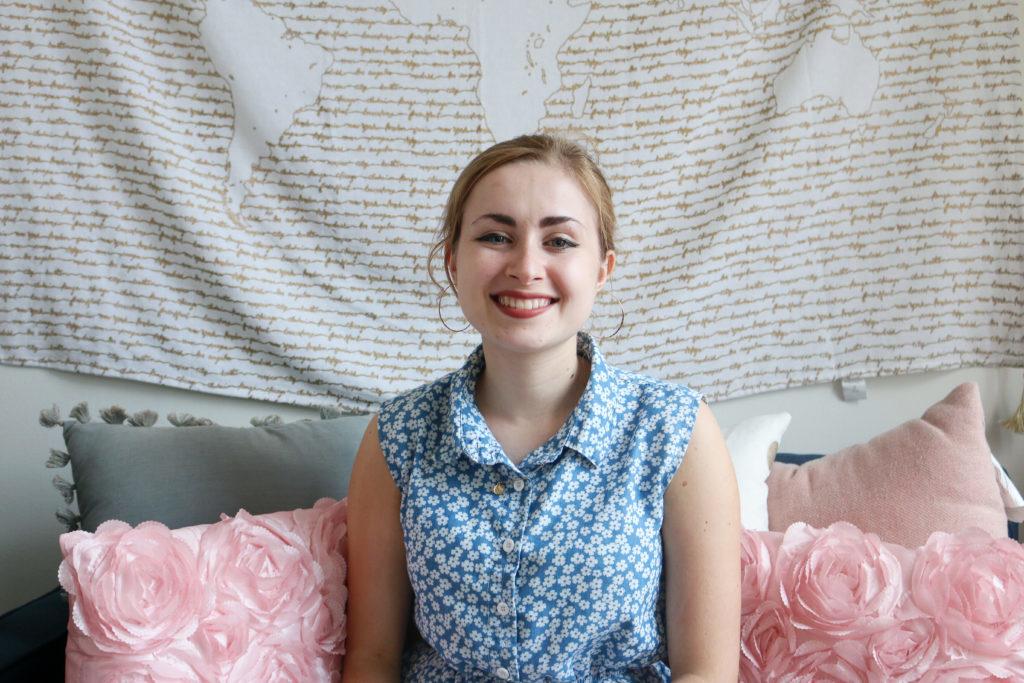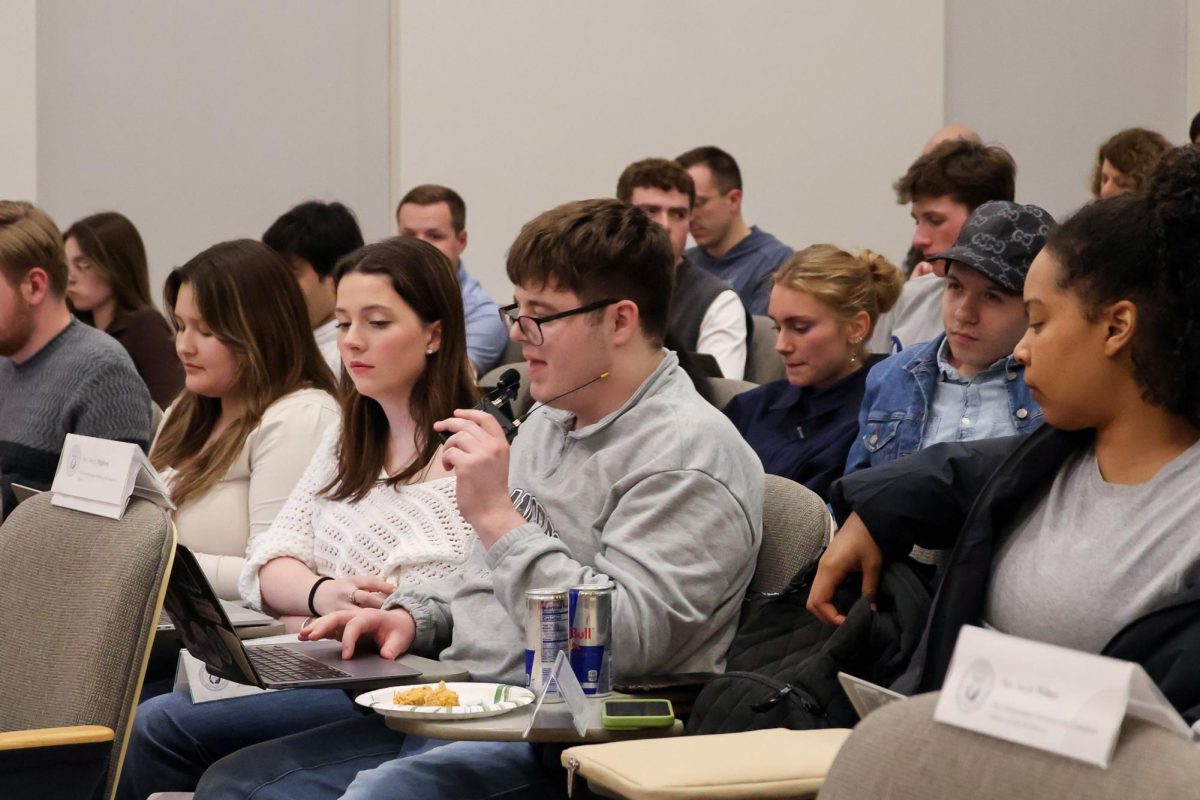Student Association leaders are expanding their free material resources on tap for student groups.
The Student Organization Resource Center, which opened in fall 2016, currently provides student organizations with resources like free printing and art supplies. SA leaders said they are looking to grow their net of materials to include “durable goods,” like coffee makers and cash boxes, to help students cut down on the cost of supplies and instead spend their budget on expenses like rental space for events.
Nicole Cennamo, the senate’s chief of staff, said she sent out a survey to student organizations last week informing student groups about the updated resource center and to gauge which supplies students are interested in borrowing.
“Going forward, we want to make sure organizations have access to materials and equipment they may have had to purchase in the past, but that all orgs are using essentially,” she said. “The main goal is to reduce redundant costs for orgs because already orgs have to spend a lot of money for event spaces, food, et cetera. We just want to make sure we minimize any financial burden in the workspace.”
As of Wednesday, 88 student groups indicated on the survey what supplies their group would be interested in borrowing and how likely the group would be to check out the items. More than 60 percent of respondents indicated that their respective groups are “very likely” to borrow goods from the SA, according to the results of the survey.
Cennamo said the SA spent less than $400 on a coffee maker, two coolers, a Bluetooth speaker, one poster stand and a pop-up tent for students to rent. She said the organization also ordered a whiteboard, two table cloths, a tool box and three Square readers so organizations can charge students for items at events using their credit or debit cards.
Cennamo said student groups can start renting out goods on Sept. 30. She said students can loan out items for free at least 48 hours before an event for a three-day rental period.
She said SA leaders have talked about expanding the resource center since the 2017-18 academic year. Revamping the center was one of her priorities for the year to help student groups cut costs, she said.
“Toward the end of August, we got an email from a student organization leader requesting to buy a coffee thermos and was wondering if the student resource center had one,” she said. “That’s also what made me think a little more about providing this service to organizations.”
Drew Amstutz, the SA’s vice president of public affairs, said that while he conducts outreach to students on the Foggy Bottom and Mount Vernon campuses and during regularly scheduled meetings, he will inform students of the resource center and explain what items are available.
“Overall, our main goal is that we want to be intentional in our advertising,” he said. “We want to make sure that student organizations know about the resources and that we are not just filing the closet full of amazing resources and having them go to waste.”
Sophomore Dylan Peter, the chairman of the Organization of Russian Affairs, said his group formed in late April and missed the SA’s deadline to apply for allocations for the academic year.
Peter said that because his student organization is operating without a budget, members plan to request goods like coffee makers and water cups for events.
“It really does add up over time, especially if you don’t have a continuous budget,” he said. “That’s extremely helpful, and I think a lot of people don’t think about it, but I’m really glad they do have that now.”
Sophomore Mansi Patel – the president of March On The Campus GW, the first college chapter working under activist organization March On – said the organization is interested in borrowing goods from the resource center because members are not required to pay dues, which would fund supplies. She said executive board members “occasionally” spend their own money on event supplies.
“Even though we receive funding from our national organization, March On, not every resource necessary is covered,” she said in an email.
She said partnerships between the SA and student organizations help groups find resources for events and build community.
“Greater access to free resources allows student organizations to engage with more students and host more exciting events and opportunities,” she said. “Being a leader of a student organization should never be an economic burden, hindering students from actively seeking out and pursuing leadership opportunities.”
Lauren Sforza contributed reporting.








